In June, Eastern Edge will be travelling to Alpena, Michigan. The theme, UN Decade of the Ocean, MATE Year of the Great Lakes: Monitoring and Mitigating the Impacts of Climate Change on Our Water World, will focus on the role that ROVs play in monitoring and mitigating the impacts of climate change on the Great Lakes.

Waterwitch is named after the Waterwitch, a ship that was built in 1831 in St. John's, Newfoundland.
In June, Eastern Edge will be travelling to Kingsport, Tennessee

Beaumont is named in memory of the battle of Beaumont-Hamel during the First World War.
Most recently, Eastern Edge traveled to Longmont, Colorado. The theme, UN Decade of the Ocean: Diving in to Inspire Solutions Because Together Oppertunity Runs Deep, focused on achieving a better and more sustainable future for all and the environmental, social, and governance factors that more and more companies and organizations are taking into consideration when making business and management decisions.

Caribou was named after and in the memory of the SS Caribou, a passenger and train ferry that operated in the Cabot Strait between Port aux Basques, Newfoundland and North Sydney, Nova Scotia. On 14 October 1942, the German submarine U-69 sank the vessel, causing the worst loss of life in Canadian waters during the Second World War.
In 2022, Eastern Edge travelled to Long Beach, California. The theme, UN Decade of the Ocean: MATE Inspires ESG, focused on supporting efforts to reverse the cycle of decline in ocean health and to gather the global community behind a common goal: creating improved conditions for sustainable use and development of our world ocean. Eastern Edge was within the top three teams, placing 3rd out of 20 competing teams from around the world.
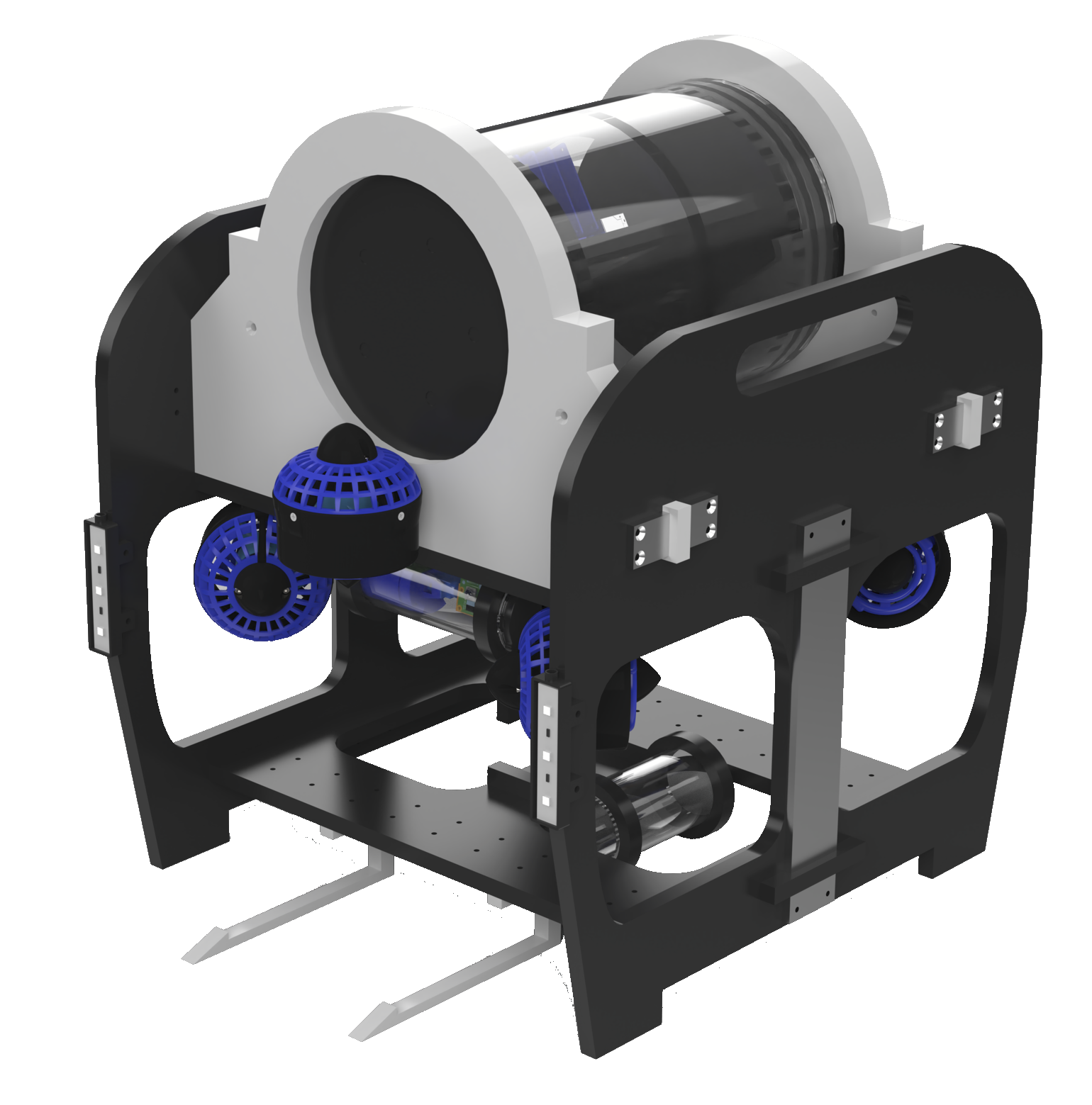
Happy Adventure, or Happy for short, was named after the vessel commanded by the legendary Newfoundland Pirate Peter Easton.
In 2019, Eastern Edge travelled to Kingsport, Tennessee. The theme, Innovations for Inshore: ROV Operations in Rivers, Lakes, and Dams, focused on ensuring public safety, dam inspection and repair, maintaining healthy waterways, preserving history, and explored how ROVs can be used in these fields. Eastern Edge was within the top ten teams, placing 10th out of 25 competing teams from around the world.
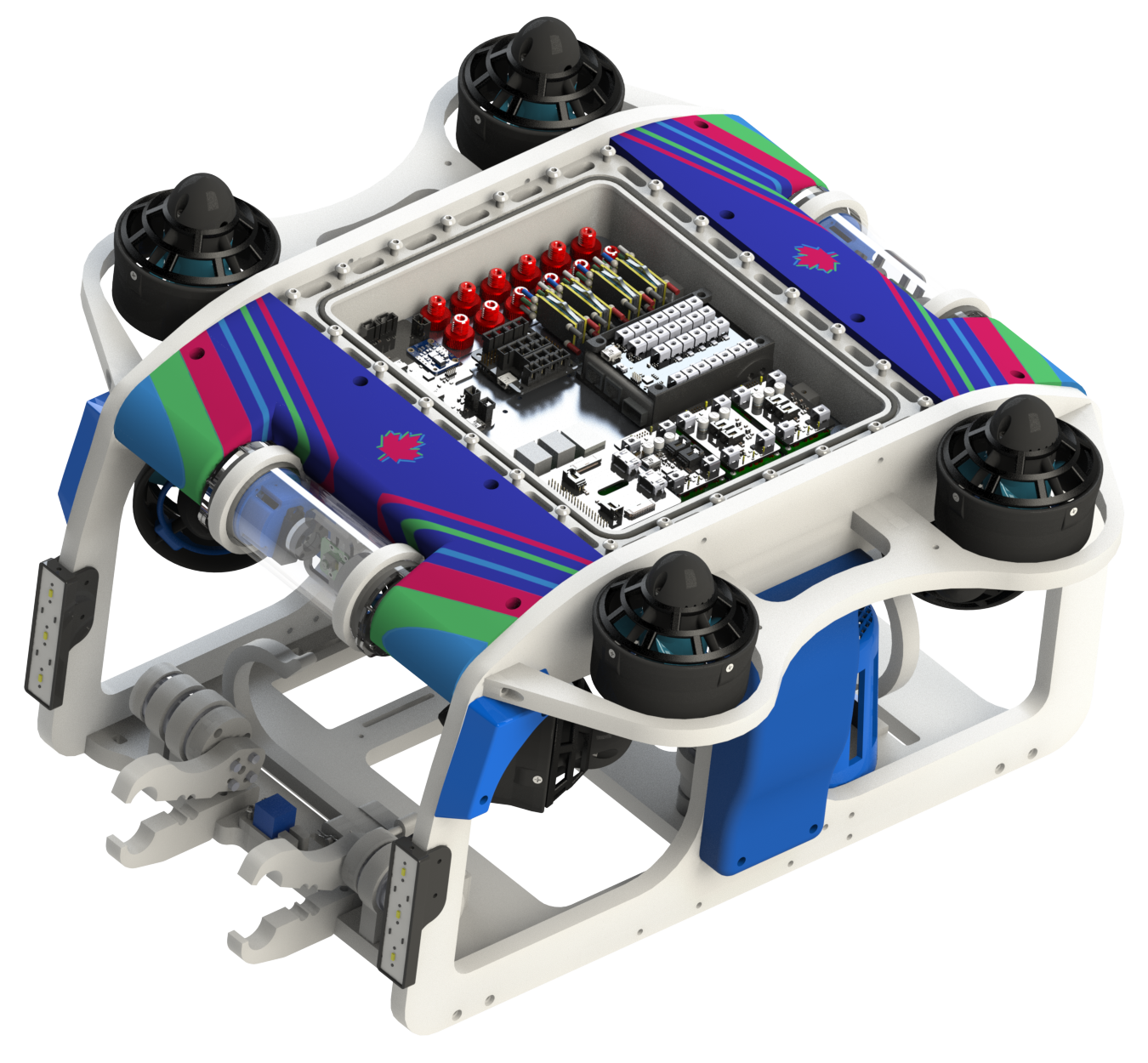
Calypso was named after the training vessel used by the Newfoundland Royal Naval Reserve before and during the First World War.
In 2018, Eastern Edge travelled to Federal Way, Washington. The theme, Jet City, focused on underwater archaeology, seismology, and renewable energy, and explored how ROVs can be used in these fields. Eastern Edge was within the top ten teams, placing 8th out of 28 competing teams from around the world.
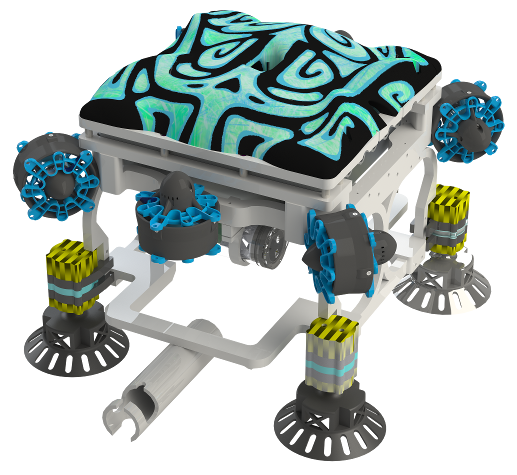
Florizel, or Flo for short was named in honour of the 100th anniversary of the S.S. Florizel, a passenger ship which tragically sunk off the coast of Newfoundland in 1918.
In 2017, Eastern Edge travelled to Long Beach, California. The theme, Port Cities of the Future, was focused on commerce, entertainment, health and safety. This explored how ROVs can be used to enforce health and safety as well as innovate towards the future. Eastern Edge placed 5th out of 25 teams around the world.
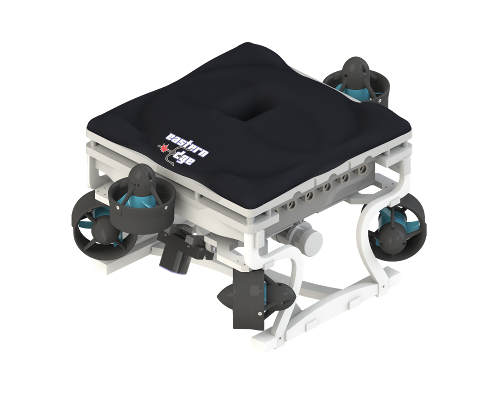
Vimy is named after the Battle of Vimy Ridge during World War One, a battle that Newfoundland had a significant role in.
In 2016, Eastern Edge travelled to NASAs Neutral Buoyancy Lab in Houston, Texas. The theme, From the Gulf of Mexico to Jupiter's Moon Europa: ROV Encounters in Inner and Outer Space, focused around performing tasks in a space setting. Eastern Edge were International Champions this year, placing 1st out of 31 teams from around the world.
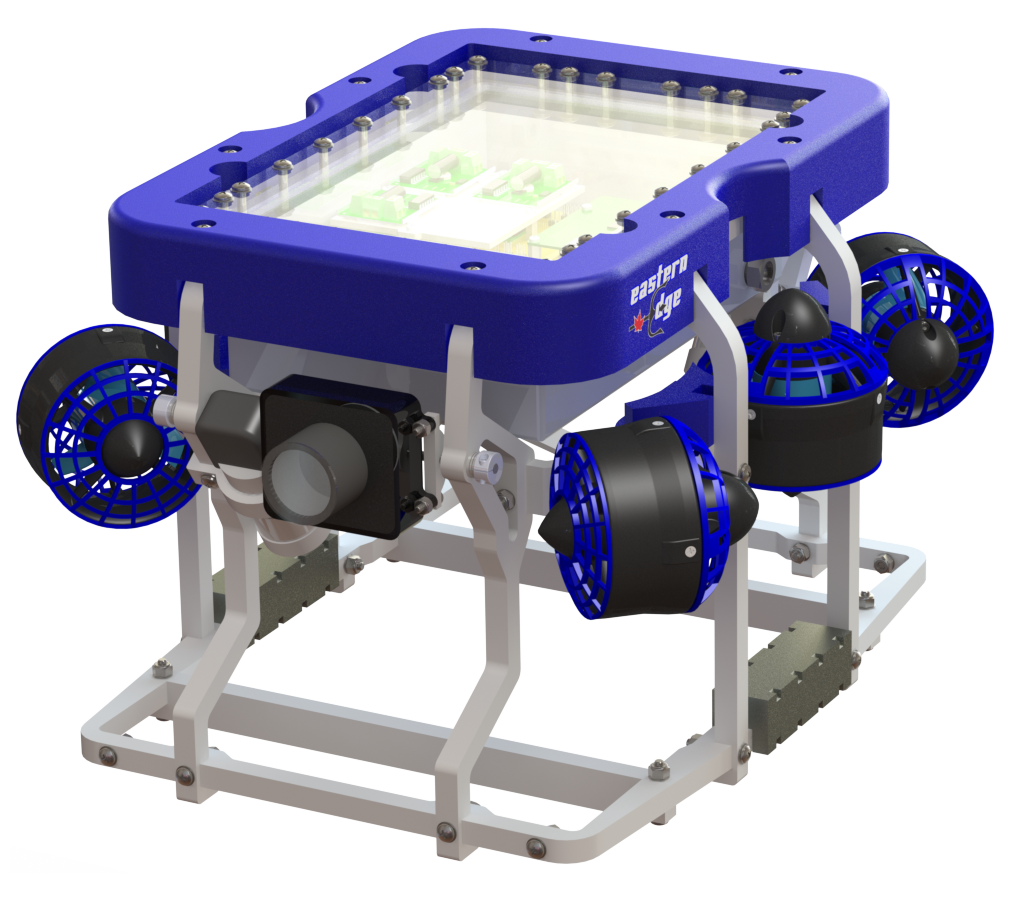
Blue-Puttee is named after the Blue Puttees, the first 500 Newfoundlanders to be recruited in the First World War. They were named this because of the non-standard leg gear they wore due to a shortage of khaki fabric on the island
In 2015, Eastern Edge stayed home in St. John's, Newfoundland. The theme, ROVs in Extreme Environments: Science and Industry In the Arctic, focused on polar science and the offshore oil and gas industry. Eastern Edge placed 2nd out of 31 teams from across the world.
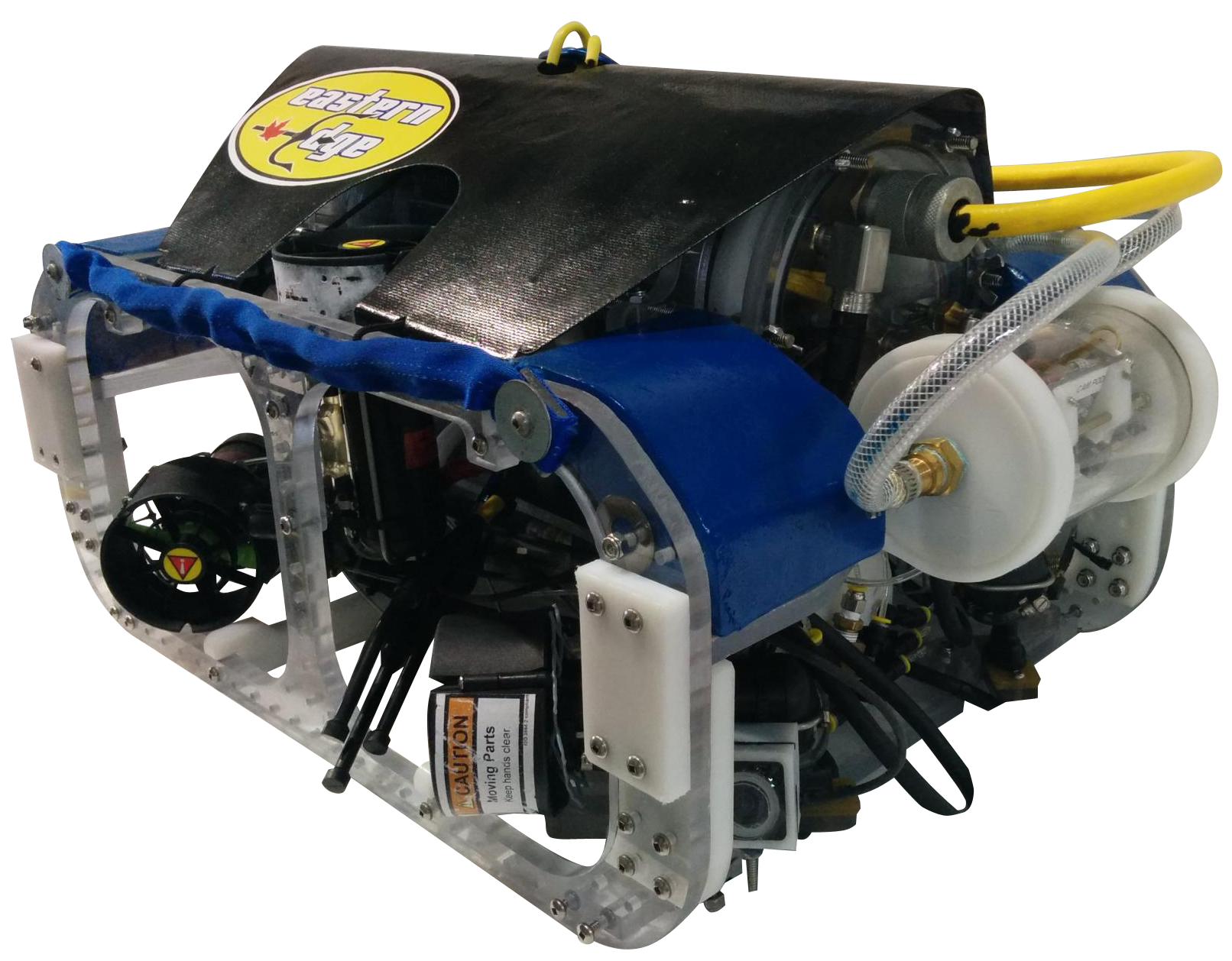
Old Polina is named after a traditional Newfoundland folk song, based on the whaling ship Polynia.
In 2014, Eastern Edge travelled to Alpena, Michigan. The theme, Exploring the Great Lakes: Shipwrecks, Sinkholes, and Conservation in the Thunder Bay National Marine Sanctuary, focused on documenting and identifying an unknown shipwreck discovered in sanctuary waters. Eastern Edge placed 15th out of 31 teams from across the world.
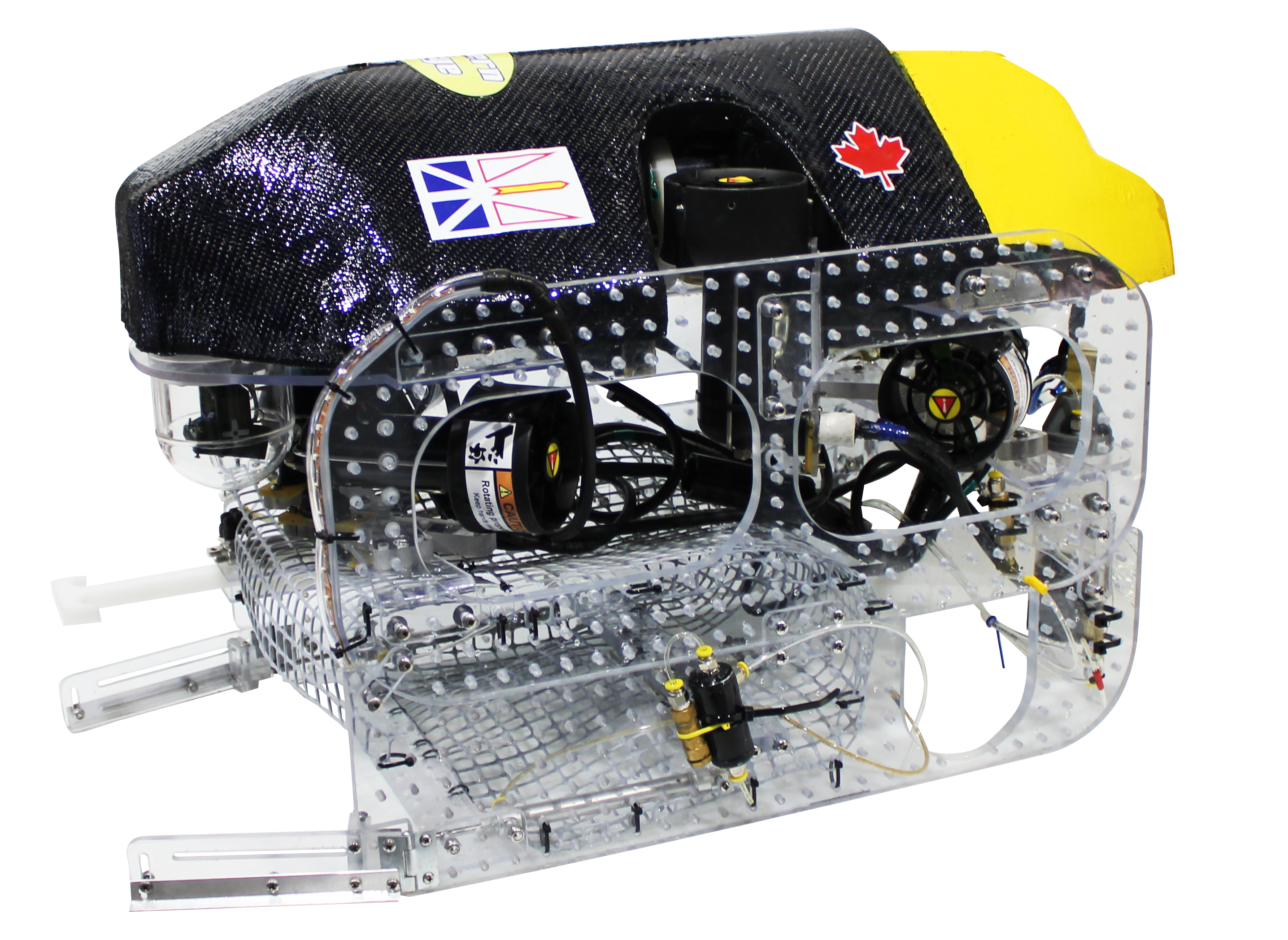
In 2013, Eastern Edge travelled to Seattle, Washington. The theme, Ocean Observing Systems: Launching a New Era of Ocean Science & Discovery, focused on highlighting the role that ROVs play in the installation, operation, and maintenance of regional cabled ocean observing systems. Eastern Edge placed 2nd out of 24 teams from across the world.
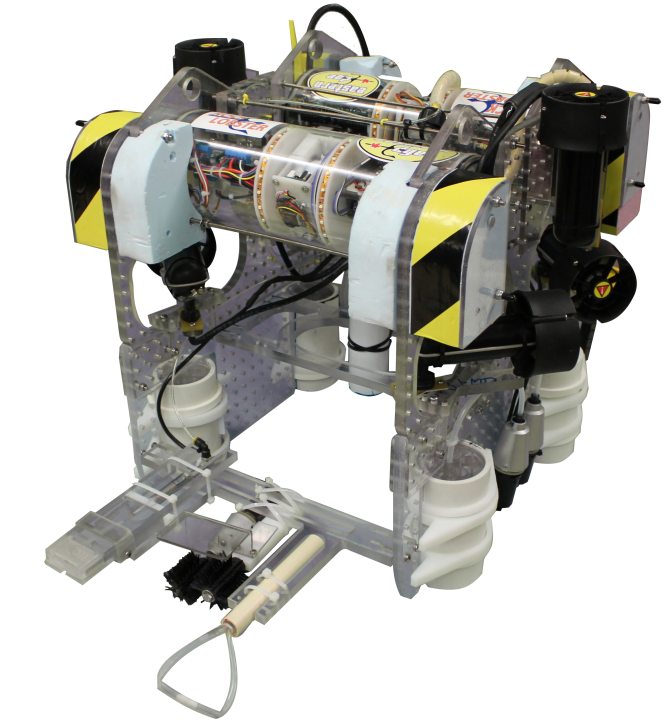
Redesigned Observatory Connecting and Kommissioning Length Obtaining Bio-unfouling Stabilizing Tool Employing ROV
In 2012, Eastern Edge travelled to Orlando, Florida. The theme, Diving Into History: The Role of ROVs in Exploring WWII Shipwrecks, focused on highlighting how ROVs are assessing WWII shipwrecks and the possible hazards that they may contain. Eastern Edge competed against 22 teams from across the world.
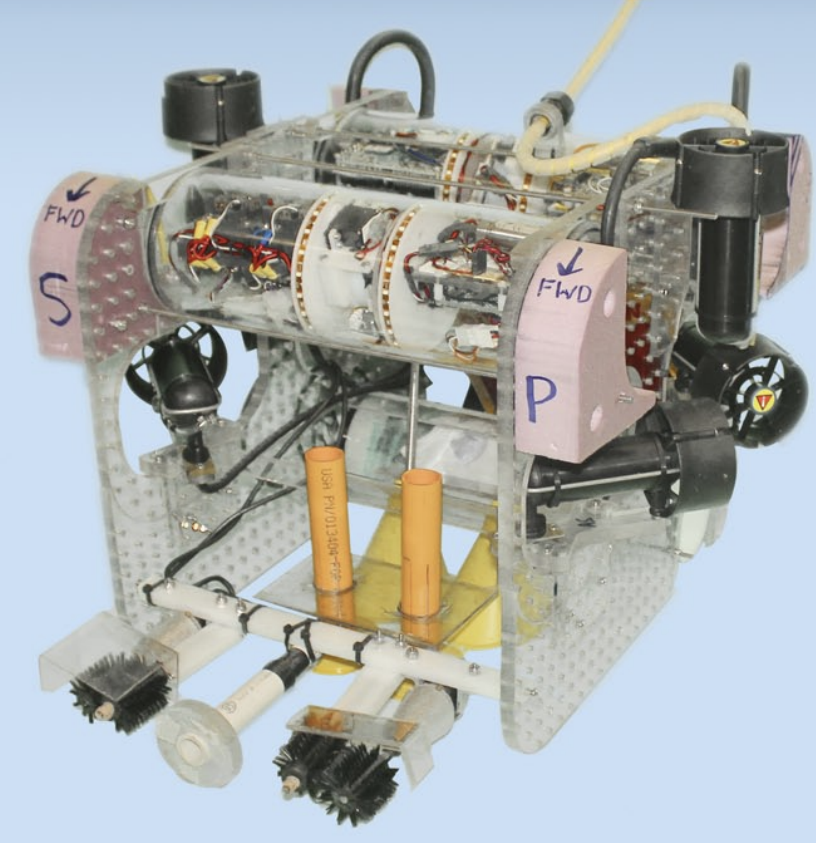
Revolutionary Oil and Coral Kollecting, Length Observing, Bi-directional Spar-Toting Eco ROV
In 2011, Eastern Edge travelled to Houston, Texas. The theme, ROVs and the Offshore Oil & Gas Industry, focused on highlighting the challenges ROVs faced during the Gulf of Mexico oil spill. This explored highlighting the role that ROVs play in the installation, operation, and maintenance of regional cabled ocean observing systems. Eastern Edge competed against 25 teams from across the world.
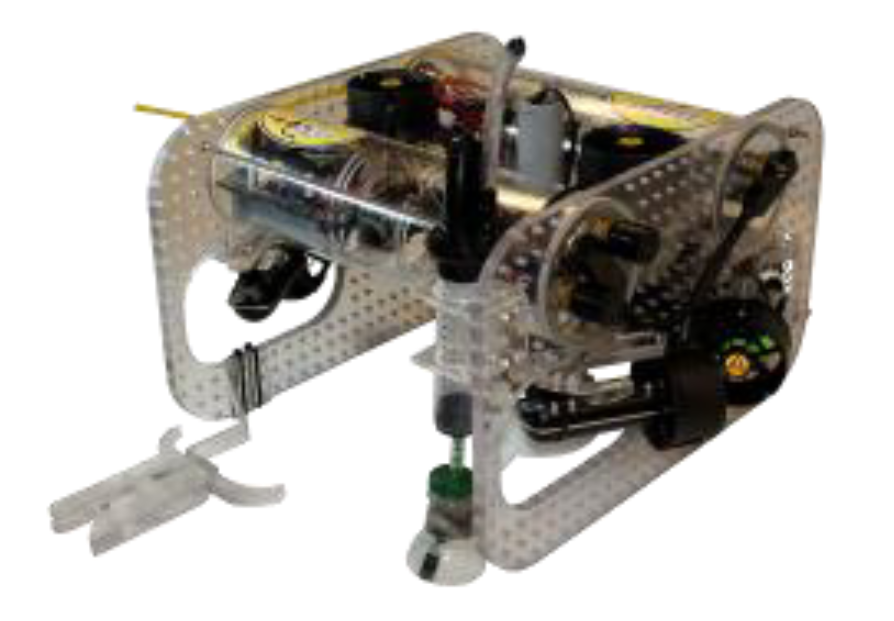
Atlantic Blue was named after the Ron Hynes song of the same name about the ocean ranger tragedy. The ocean ranger had many newfoundlanders on board and as such was a profound loss for the province and had a tremendoues impact on our culture.
In 2010, Eastern Edge travelled to The Big Island of Hawaii. The theme, ROVs in Treacherous Terrain: Science Erupts on Loihi, Hawaii’s Undersea Volcano, focuses on the Loihi seamount, an active undersea volcano that rises more than 3,000 meters above the seafloor. The mission tasks challenge teams to deploy instruments, take sensor readings, plot data, and collect samples of geologic features as well as organisms that inhabit the volcano’s flanks. Eastern Edge placed 3rd out of 27 teams from across the world.
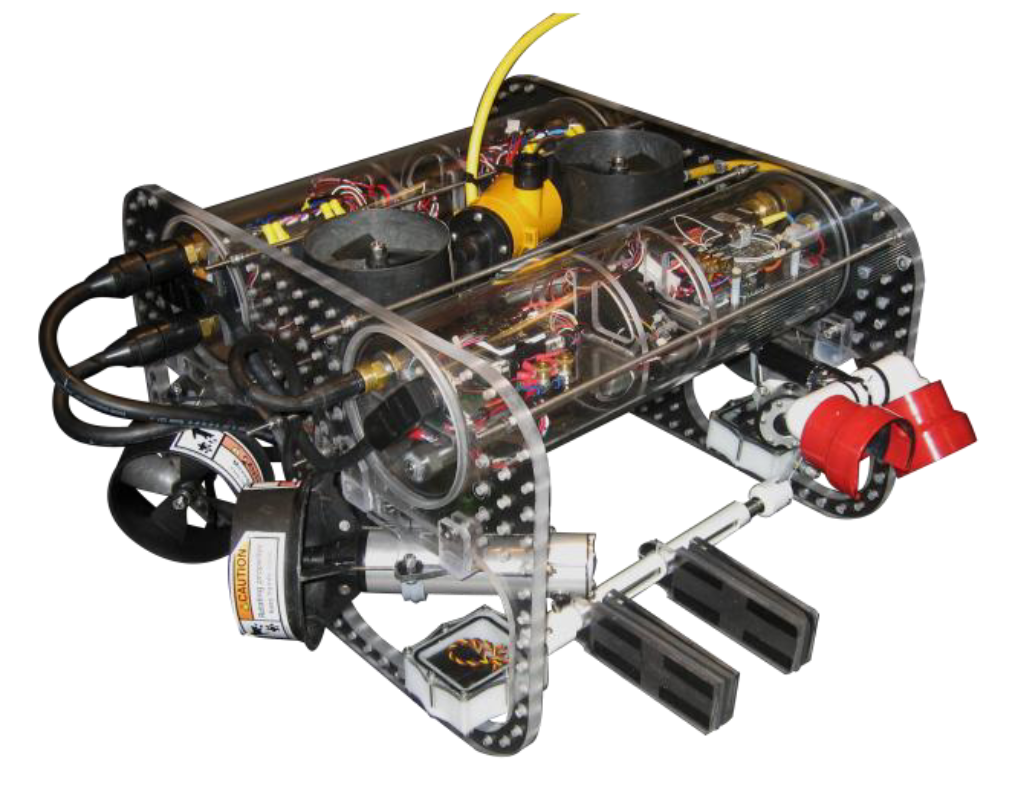
Tuzo was named after John Tuzo Wilson, one of the most imaginative earth scientists of his time, and widely regarded as the father of academic geophysics in Canada. One of his most significant contributions to the field was his proposed explanation of the origin of the Hawaiian islands during his research on plate tectonics.
In 2009, Eastern Edge travelled to Buzzard's Bay, Massachusetts. The theme, ROVs: The Next Generation of Submarine Rescue Vehicles, focused on exploring how ROVs can be utilized for the future of submarine rescue systems. Eastern Edge competed against 27 teams from across the world.
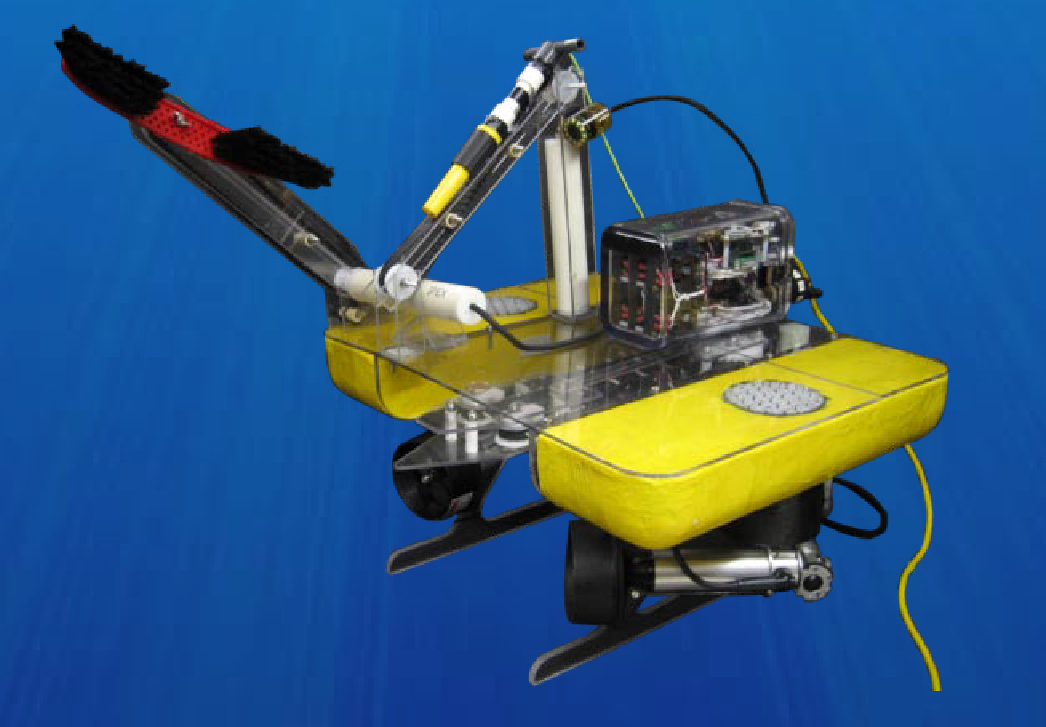
Chimaera is named after a rare, deep-water, distant shark cousin that can be found off the coast of Newfoundland.
In 2008, Eastern Edge travelled to San Diego, California. The theme, Diving to the Deep: Uncovering Mysteries of Mid-Ocean Ridges, focused on collecting and studying hydrothermal vent fluid released from the seafloor. Eastern Edge were International Champions this year, placing 1st out of 27 teams from around the world.
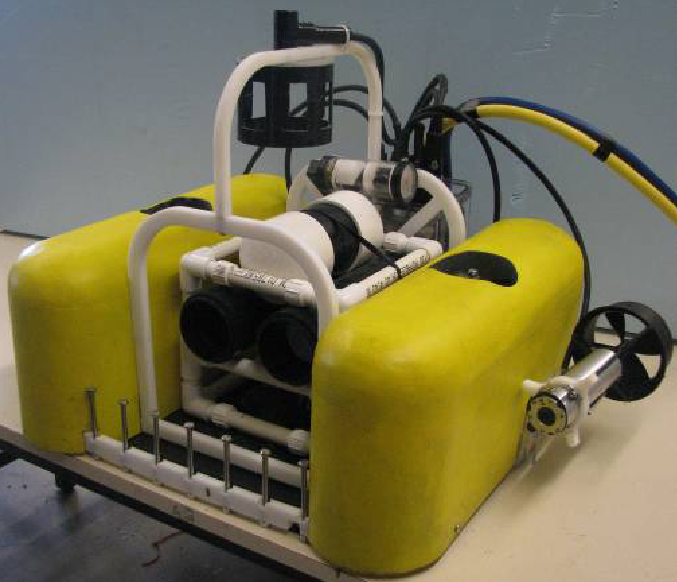
In 2007, Eastern Edge stayed home in St. John's, Newfoundland. In recognition of the International Polar Year (IPY), the 2007 international ROV competition challenged students to design and build ROVs for operation in polar environments. The competition also challenged students to increase their understanding of the Polar Regions and how these regions impact – and are being impacted by – our global climate. Eastern Edge placed 2nd out of 19 teams from across the world.
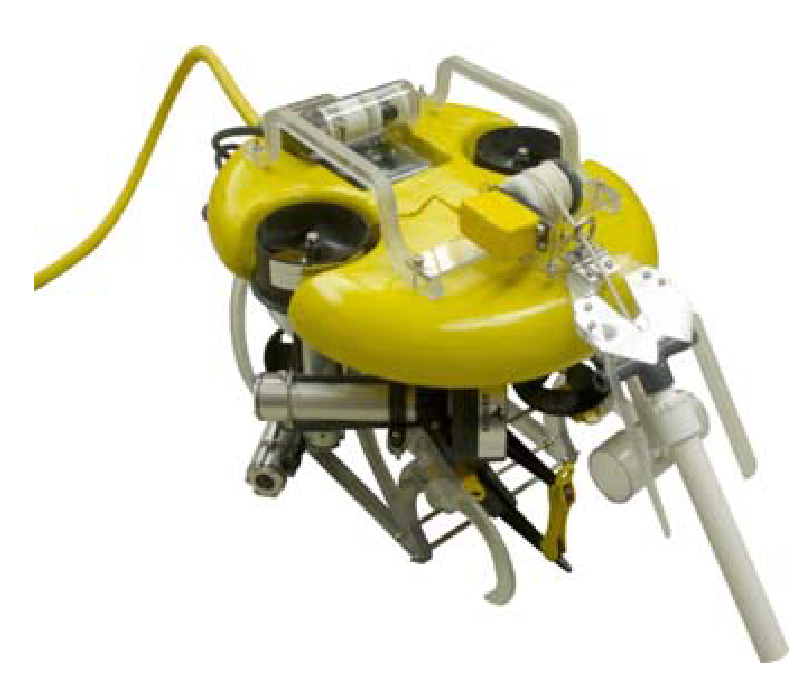
Bartlett is named after one of the most famous polar explorers of the 20th century, Captain Robert (Bob) Bartlett, who was born and raised in Newfoundland.
Opilio featured crab-like characteristics from its trapezoidal shape to its ability to achieve sway motion. The snow crab, also referred to as the queen crab, has the Latin name Chionoecetes Opilio. Opilio means ‘shepherd’ who, in a traditional sense, would watch over a flock. As 2006's competition is about “Ocean Observing Systems,” it was decided that the name “Opilio” was well suited.
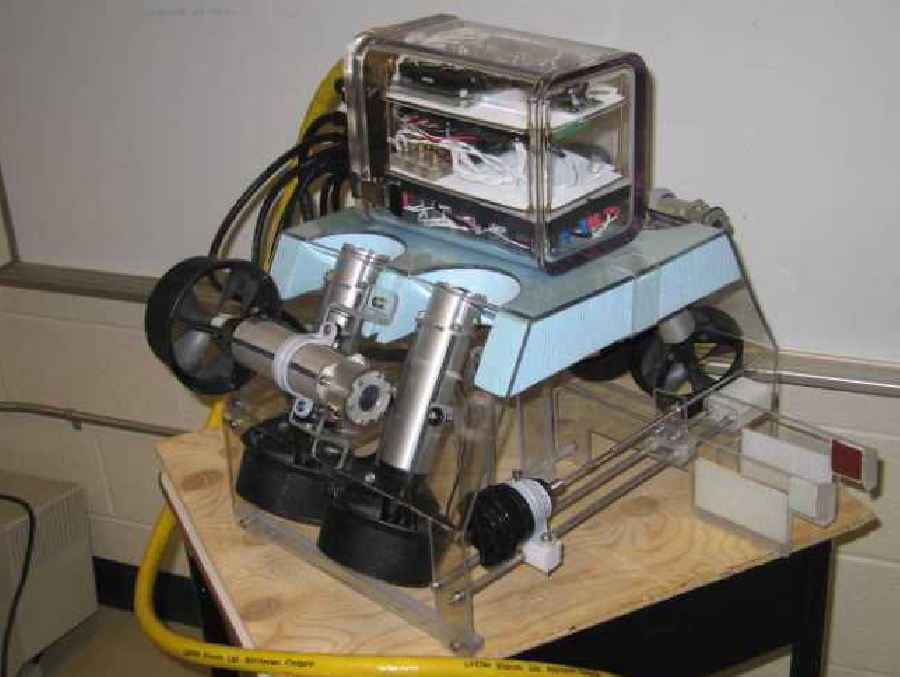
Opilio featured crab-like characteristics from its trapezoidal shape to its ability to achieve sway motion. The snow crab, also referred to as the queen crab, has the Latin name Chionoecetes Opilio. Opilio means ‘shepherd’ who, in a traditional sense, would watch over a flock. As 2006's competition is about “Ocean Observing Systems,” it was decided that the name “Opilio” was well suited.
The theme, From the Depths of the Oceans to the Far Reaches of Outer Space, focused on simulating the exploration and research conducted on the unexplored terrain of Europa, one of Jupiter’s four largest moons. Eastern Edge placed 2nd out of 23 teams in the world.
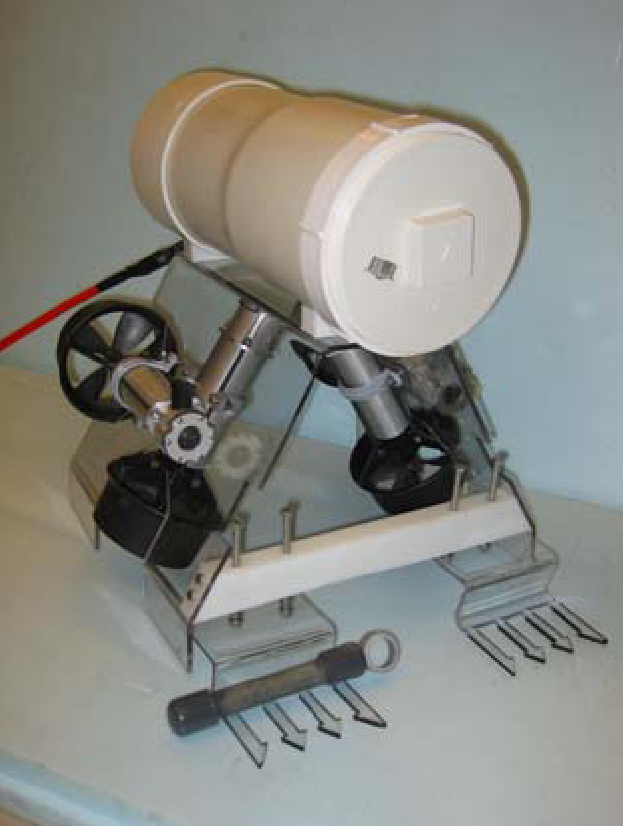
Galileo is named after the scientist Galileo, who is credited with the discovery of Jupiter’s four largest moons, one of which is Europa. Secondly, the spacecraft Galileo orbited Jupiter, partially focusing on Europa.
In 2004, Eastern Edge (Known in 2004 as Avalon East School District) travelled to Santa Barbara, California. The theme, NOAA's National Marine Sanctuary Program: The Adventure of Mystery Reef, focused on the excitement and challenges of sanctuary science and exploration. Eastern Edge placed 2nd out of 23 teams from across the world.
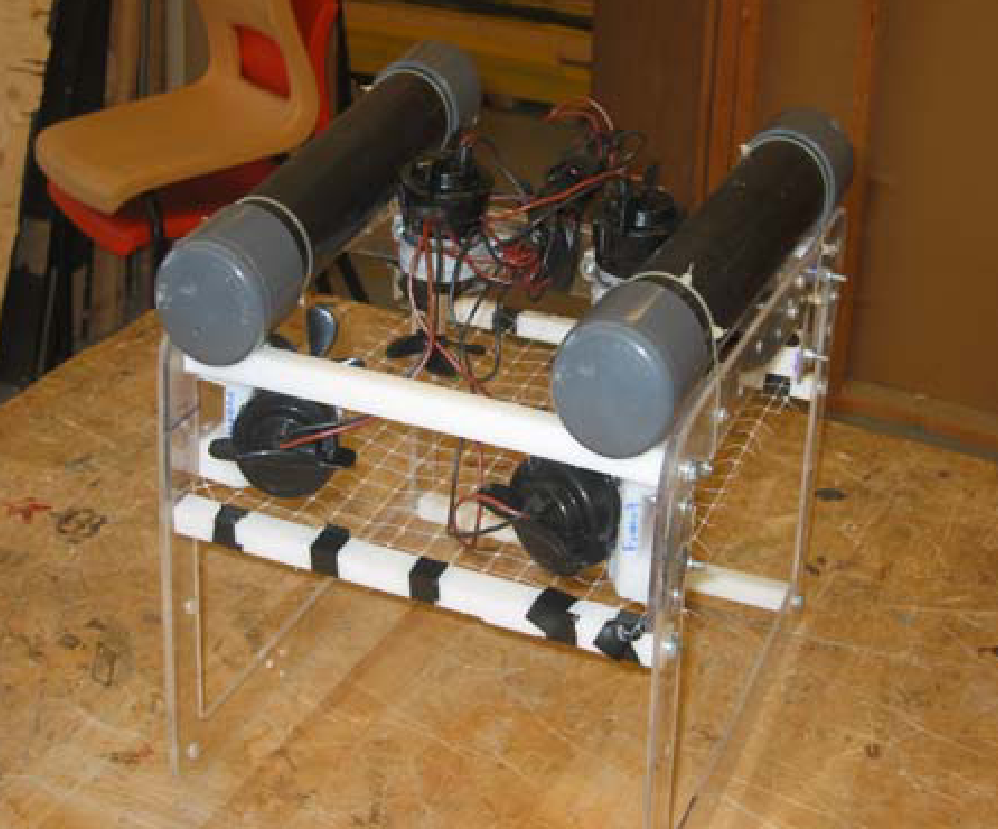
In 2003, Eastern Edge (Known in 2003 as Avalon East School District) travelled to Cambridge, Massachusetts.
